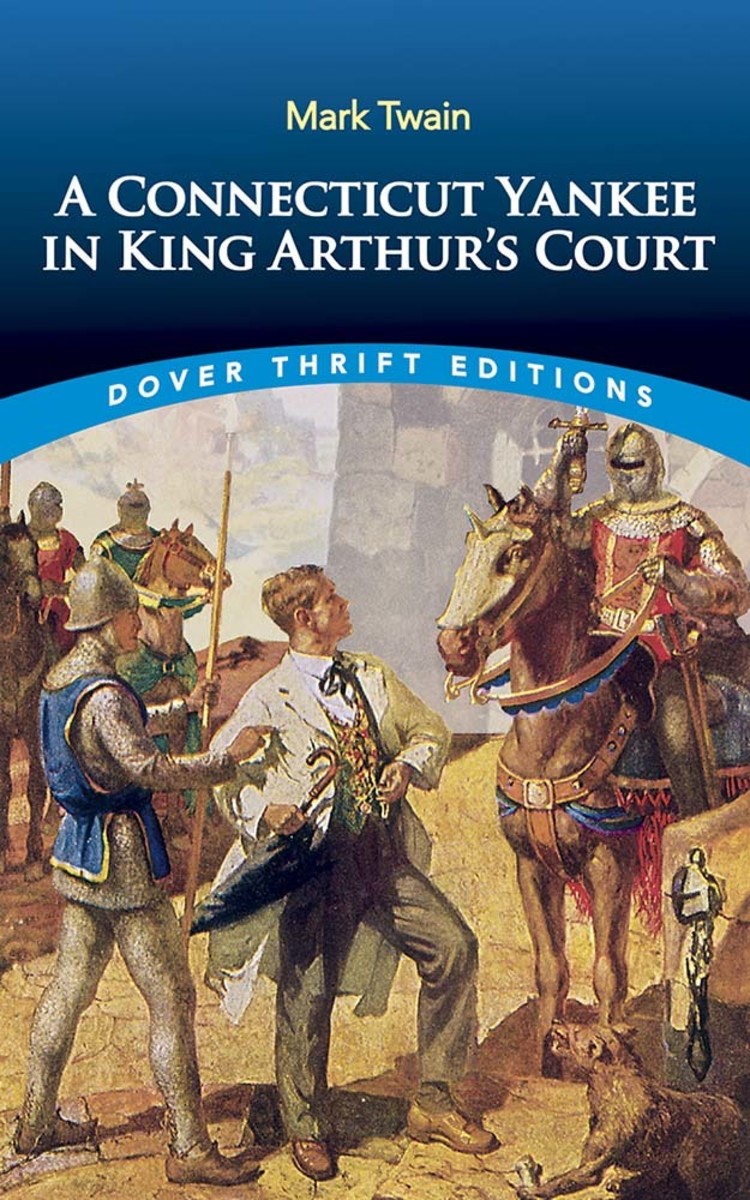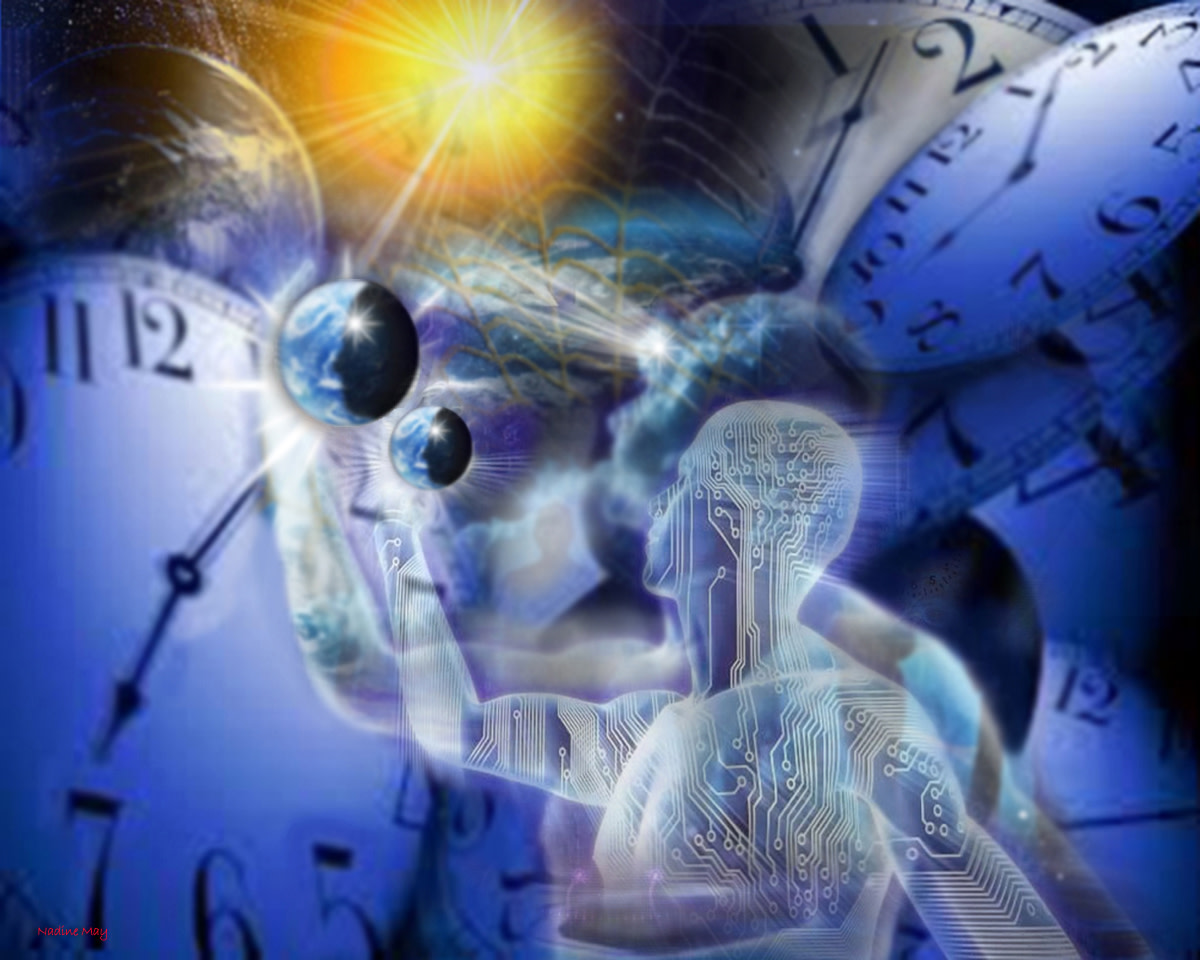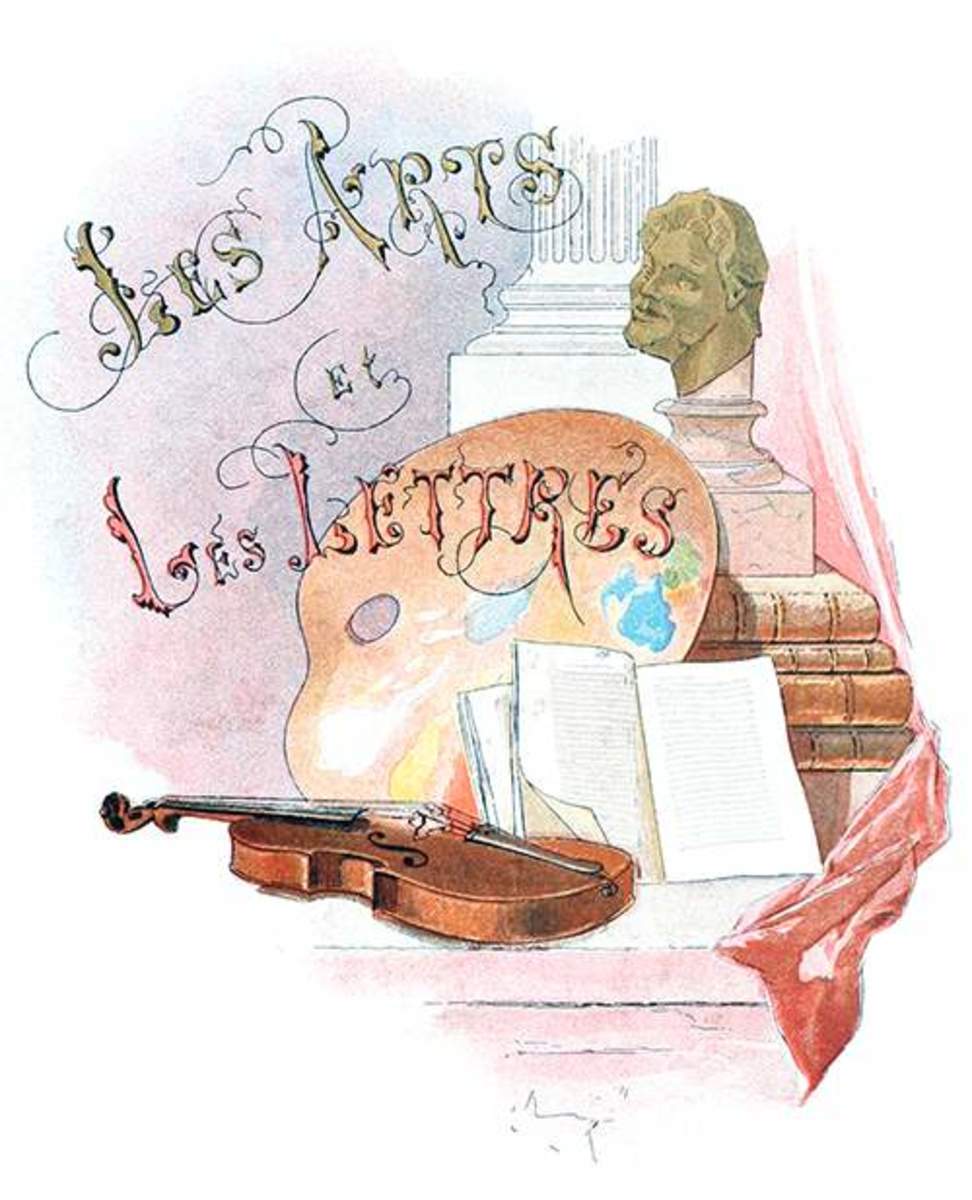Book Review: Flatland by Edwin A. Abbott

My Review of Flatland
My review of Flatland by Edwin A. Abbott
Flatland: A Romance of Many Dimensions is a diverting novella about a two-dimensional world. The story is told by one of its citizens.
Written by an Englishman in 1884, Flatland is an entertaining introduction to concepts in geometry, along with making statements about Victorian society.
Flatland by Edwin A. Abbott
More fun and intrigue than you ever thought you would find in plane geometry.
I call our world Flatland, not because we call it so, but to make its nature clearer to you, readers
There are two sections to this novella.
The first section is mainly descriptive, telling us about the history and current makeup of Flatland, both the physical and the societal structures. The second section is where we start to have a "plot", where things begin to happen in the life of the main character.
Figures move freely about on the surface, without the power of rising above or sinking below it

Flatland's geography
What would a two-dimensional world look like? What would it feel like?
In the first three chapters of Flatland, the main character, whose name is A. Square, describes the physical characteristics of his world and its inhabitants. Flatland has the four cardinal directions, North, South, East, and West, but does not have Up or Down.
The citizens of Flatland are geometric figures -- line segments, circles, triangles, squares, pentagons, and so forth.
Through the descriptions of Flatland, we're invited to ponder what two-dimensional space is really like, as Mr. Square reminds us of how two-dimensional figures look if the observer is also two-dimensional. Also, since Flatlanders have hard, solid edges, we see that a world of lines and polygons could be a dangerous place, with some figures being much more dangerous than others.
How perfect a proof of the natural fitness of the aristocratic constitution of Flatland!

Flatland's society and culture
The next nine chapters of Flatland describe the interactions that the inhabitants have with each other. The Flatlanders have an established hierarchical class system based on each person's geometric shape. Mr. Square, the narrator, is a member of the middle class, and is in agreement with most of practices of his society. He reveres the upper classes and has contempt for the lowliest castes, just as he is supposed to.
Since it is so important in their world to know the shape of the person you are interacting with, Mr. Square describes the many methods of recognition that they use, allowing us to consider even more nuanced ideas about how geometric objects would be perceived in two dimensions. I had certainly never thought about some of the concepts before.
In Flatland, the elites are a minority of the population. They hold all the power and subjugate the lower classes, even though their "inferiors" are greater in number and also more physically powerful. The ways in which the elites manipulate the rest of the population are indeed a commentary on human societies, both in Edwin Abbott's Victorian times and in modern cultures.
Mr. Square shares with us some of the history of Flatland, telling the story of various rebellions and cultural revolutions that sought to overthrow the status quo, and how all of these efforts were squashed.

These expository sections of Flatland were my favorite part of the book. I found all of the description quite fun and interesting to read even though there hadn't yet been any "plot". Just envisioning their two-dimensional world was engaging enough.
I was really expecting that the detailed exposition about their class-biased and sexist culture was setting the stage for some type of new rebellion that would attempt to bring equality for the Flatlanders. But there wasn't one. Maybe I was reading the book from a mindset that was too modern. Is it possible that the oppressive society that seemed so intolerable to me was considered normal by Victorian-era standards? Anyway, there was no proletariat revolution, no collective consciousness-raising. Everyone seemed to be content to let things continue the way they were. And Mr. Square felt that, on the whole, things were as they should be.
Until the second section of Flatland brought a change to Mr. Square's life that was beyond anything he could have ever imagined.
I suppose three to the third power must mean something in Geometry; what does it mean?

Some people view the second section of Flatland as the part where "something finally happens" (although, as I said, my favorite part was the exposition).
As Part II opens, Mr. Square has a dream about visiting a one-dimensional world and trying to explain to its king the concept of two dimensions. Soon after having this dream, Square is visited by a being that has abilities that seem almost supernatural to him. Nothing in the world he knows can prepare him for the sight of this stranger. The visitor takes Square away to the realm of three dimensions and explains to him the concept of Depth and Height. During their journeys they even visit a NO-dimensional world and observe its only inhabitant.
The discovery of the third dimension thrills Mr. Square and opens his mind to possibilities and hypotheses far beyond even what his teacher had in mind (which brings the reader into a discussion of the possibility of a fourth dimension and beyond). Unfortunately, Square's new knowledge also makes it impossible for him to continue in the life, relationships, and social standing that he had once had in Flatland. The ending of the book is melancholy but still entertaining, expressing a rebuke of those who value privilege and position more than knowledge and truth.
I exist in the hope that these memoirs may find their way to the minds of humanity in Some Dimension
Note to my homeschool buddies
The concepts in Flatland could be very interesting and enjoyable to young people as they learn about math, but the Victorian English could be difficult if they're not familiar with it.
A parent might choose to read the book to the child, explaining vocabulary as they go, or read the book themselves and then discuss the ideas in it with their child.

More Flatland links
- Flatland: The full text
The full text of Flatland in browseable format. From ibiblio.org. - Edwin Abbott Abbott
Edwin Abbott's page on Wikipedia. - Flatland
Flatland page on Wikipedia.
Have you read Flatland? Did you like it?
On a scale of 1-5, rate Flatland by William A. Abbott
Want to talk about it in more detail? - Give your own mini-review of Flatland!
What did you think about Flatland by Edwin A. Abbott?
Other mathematical fiction I've read










